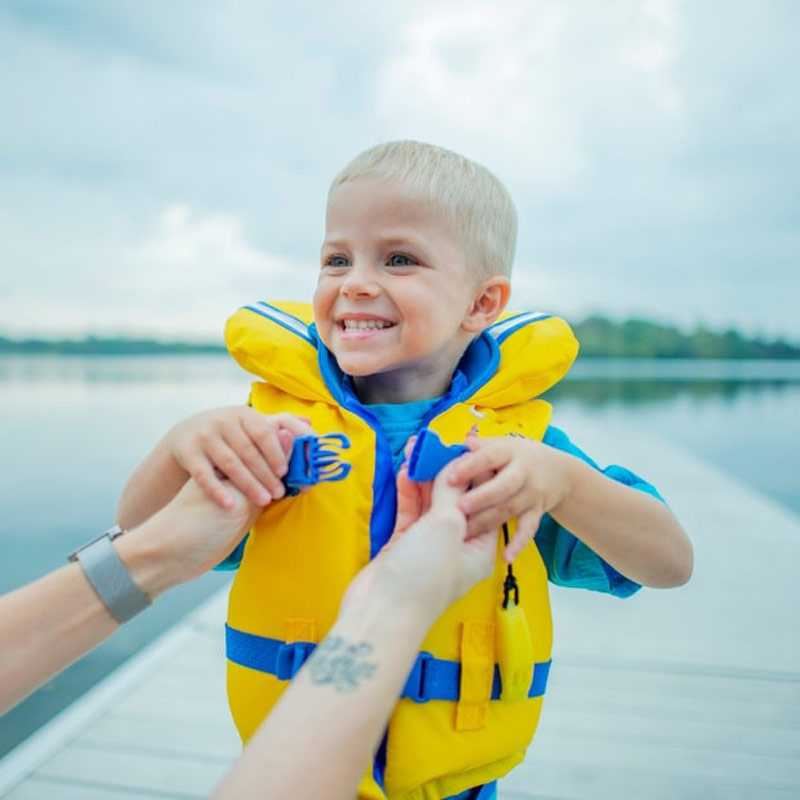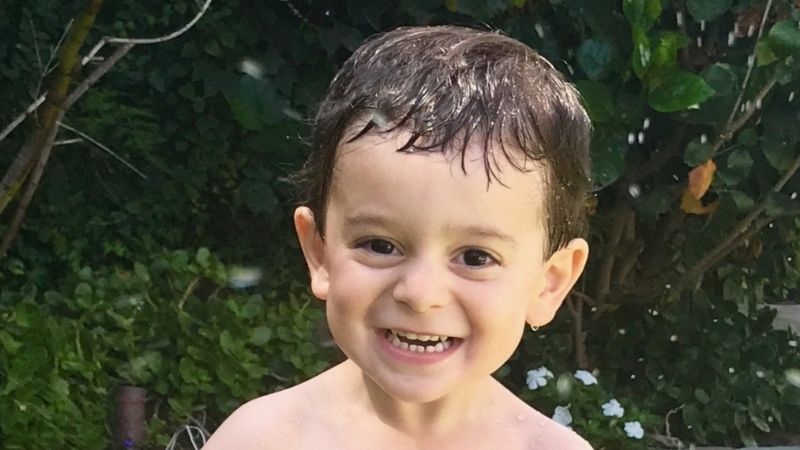As the weather heats up and children spend more time outside enjoying water activities, their risk for drowning can increase. According to the Centers for Disease Control and Prevention (CDC), more children ages 1–4 die from drowning than any other cause of death, since young children can drown in even in the smallest amount of water. Despite this statistic, drownings are preventable and it’s important to understand the steps you can take to save lives.
Simple Ways to Prevent Drownings
- Always Supervise: When children are around water, designate a responsible adult to supervise them and never take your eyes off them.
- Wear a Life Jacket: Children should always wear a life jacket when they’re in or around water or riding on any watercraft. California law requires every child under 13 on a moving recreational vessel to wear a Coast Guard-approved life jacket. Even if your child can swim, water conditions can change suddenly, and a life jacket will help keep their head above water under any condition.
- Install Barriers: Whether your family owns an in-ground or above-ground pool, it’s important that fences are installed around the pool to prevent unsupervised children from entering.
- Take Swimming Lessons: According to the American Academy of Pediatrics, most children are ready for swim lessons by age 4. Swimming lessons can help children learn basic water survival skills, such as floating, treading water and getting to an exit point. If your family can’t afford swimming lessons, visit SwimLA.org, to find free or affordable swimming lessons.
- Learn CPR: Knowing CPR can help save a life in the event of a drowning. Register for a CPR or swimming and water safety class hosted by the American Red Cross.
While in the water, children can inhale or gulp down water in a state of panic. After taking in water, the muscles in the windpipe can become constrained. Some people have labeled this condition “dry drowning,” though this isn’t a medical term. Doctors call this “post-immersion syndrome,” and though it’s rare, it does happen. Dry drowning develops over minutes to hours after inhaling water.
Symptoms of Dry Drowning
- Difficulties breathing or speaking
- Persistent coughing
- Irritability, forgetfulness or other unusual behavior
- Sudden fatigue
- Chest pain
- Vomiting
Call 911 immediately if a drowning victim has lost consciousness, stopped breathing and/or has no heartbeat. This summer, make sure your family keeps water safety top of mind and take precautions to avoid accidents. Learn more summer safety tips.




